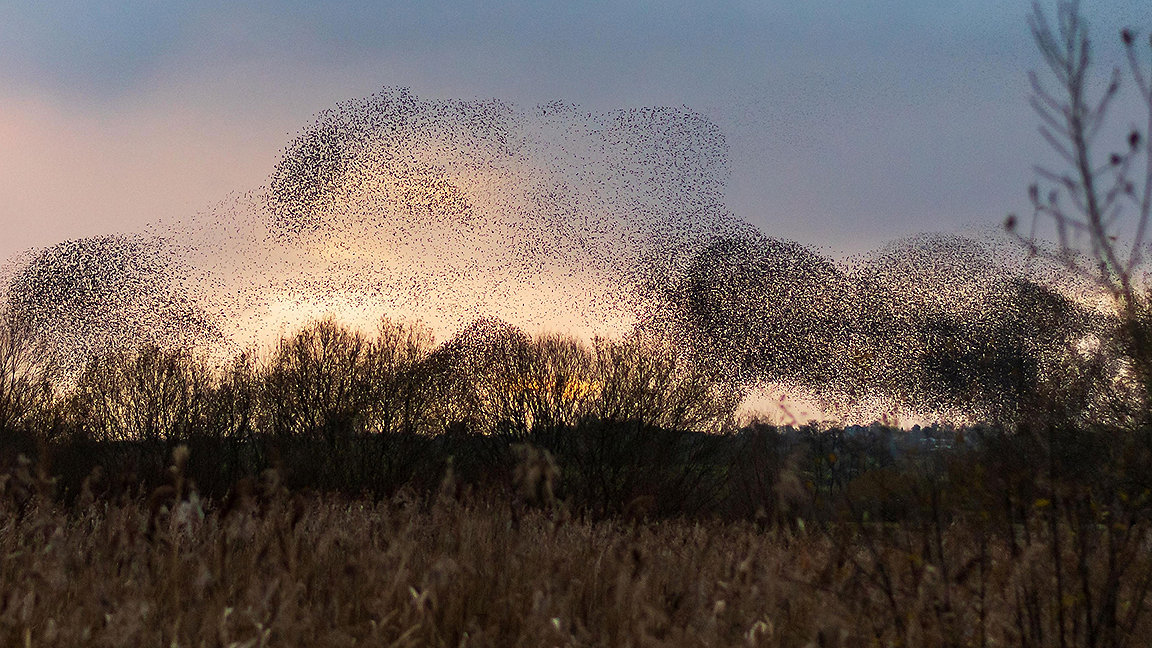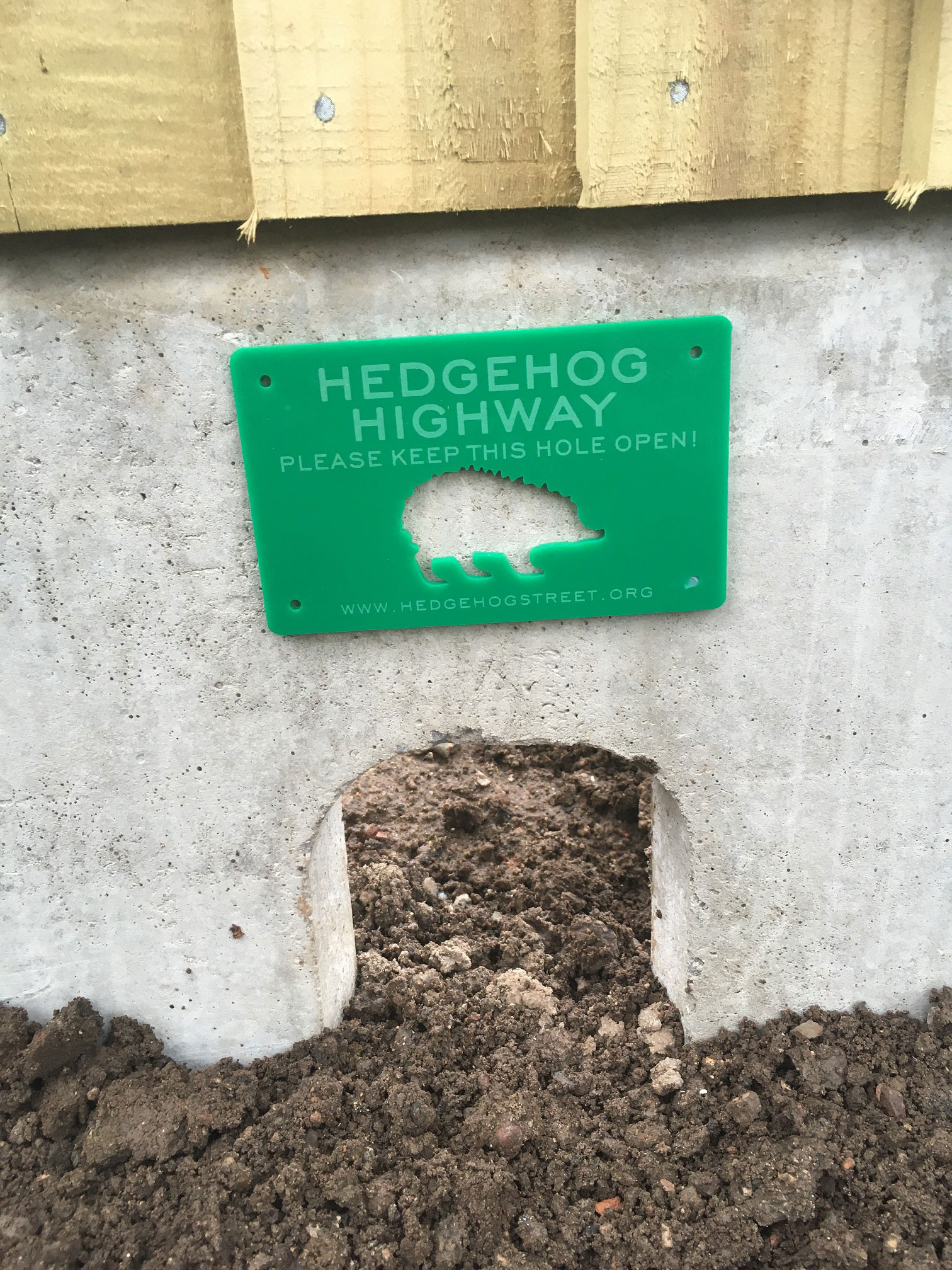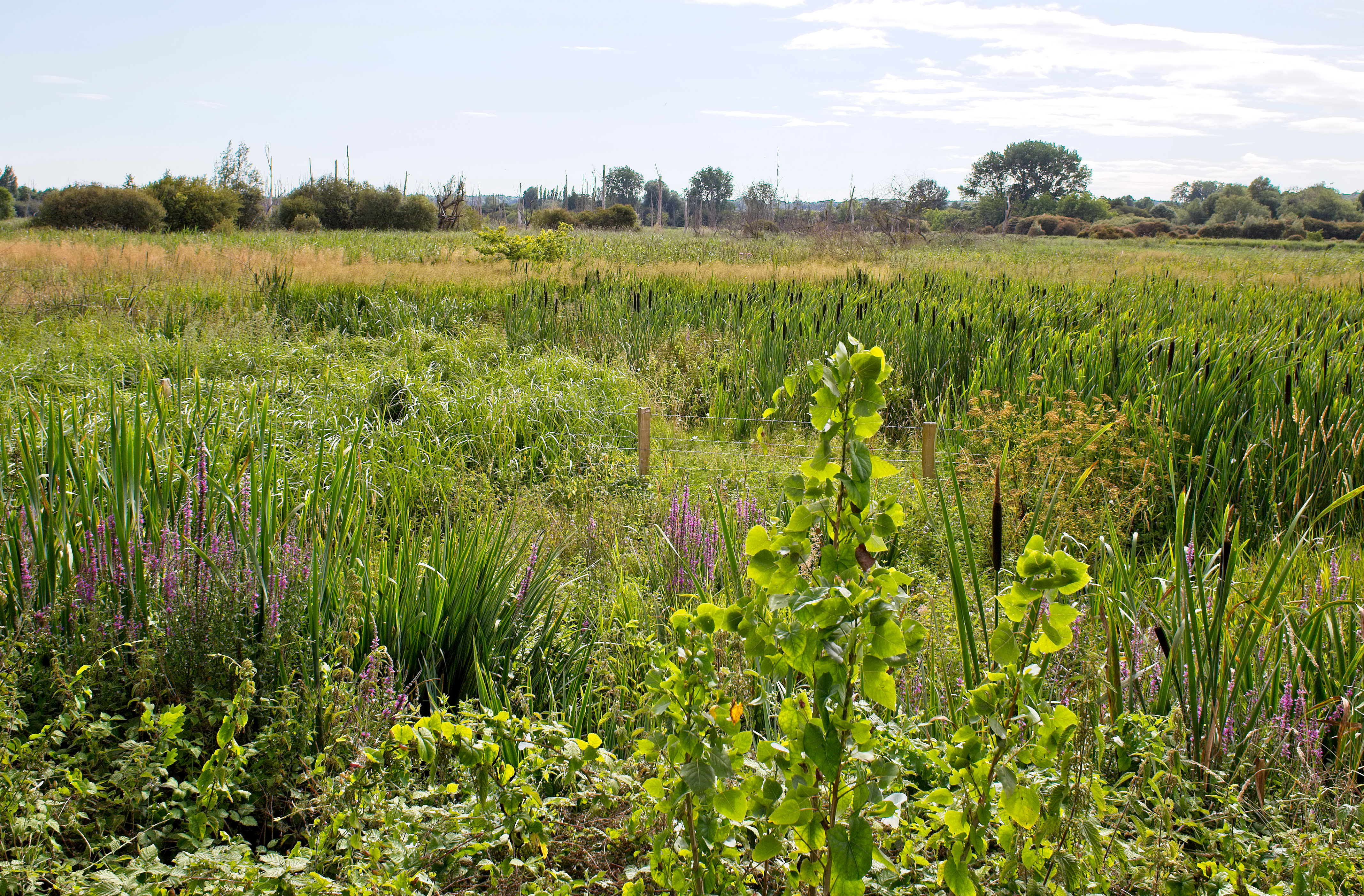
We are at the threshold of an ecological breakdown, made all the more devastating by climate collapse. Every year we take more resources than nature can give, depleting our natural capital and undermining our environment.
The Dasgupta Review on the economics of biodiversity, commissioned by the UK government, was published earlier this year, and laid bare the consequences of continued overconsumption of natural resources: 'continuing down our current path – where our demands on nature far exceed its capacity to supply – presents extreme risks and uncertainty for our economies'.
We can be thankful of a growing awareness about the urgency of arresting the decline in nature. The most promising recent development has been the UK government's decision to include a state of nature target in the Environment Bill, following a successful campaign by more than 70 organisations.
This target commits ministers to work towards halting the decline in species abundance by 2030. If the bill receives royal assent, it could see the UK lead the world in terms of having ambitious, legislated targets for the recovery of nature.
Every sector will have to play its part if this ambitious 2030 target is to be met, including the planning system and the built environment. The sector can be a key contributor to this national effort to halt the decline of nature before it is too late, as the following practical suggestions for built environment professionals show.
- Soils are eroding ten times faster than they are created
- Not one UK river or lake is in a healthy ecological condition
- 41% of UK native species are declining, and 15% are threatened with extinction.
Beyond net gain
The Environment Bill will introduce a requirement for biodiversity net gain (BNG), whereby developers leave sites with at least 10% more biodiversity than before. While this new requirement is welcome, development can still do more.
The 10% figure is a minimum – if there is viable scope to go further, developers should go further. Several schemes have managed a 20% uplift, or even greater, and 20% has been included in guidance issued by bodies including Lichfield District Council, Surrey Nature Partnership and Oxfordshire Biodiversity Advisory Group.
Similarly, while the Environment Bill will require maintenance of BNG sites – an area of habitat created and maintained to meet BNG conditions – for a minimum of 30 years, developments can and should maintain them for longer. It can take a lot more than 30 years to cultivate suitable habitat, with restoration projects often now having end dates a century or more in the future. Nature needs time to recover, and the longer a development can give habitats to mature the better.
Developers do more for nature
A 2018 Housing Design Audit by countryside charity CPRE only scored 34% of developments as good or very good in terms of using existing landscapes to create biodiverse habitats.
The report states that: 'Green infrastructure (the network of green spaces and other environmental features), both as a context into which development should fit, and as designed in new developments, is fundamental to creating a pleasant and healthy external environment in which residents will wish to spend time. This suggests that most developments are missing a trick; by working to improve and connect existing habitats, developers can do more for nature. It can play a vital role in encouraging bio-diversity and compensating for any habitat loss.'
The same applies to species – native trees and plants work better for biodiversity, with animal species deriving the most benefit from trees and plants they have evolved alongside over thousands of years. Natural regeneration, where woodland is allowed to grow from fallen seeds, is a failsafe way to ensure the right trees go in the right place.

.jpg)
Habitat gains
The smallest design decisions can have significant consequences for threatened wildlife species. Hedgehog numbers have fallen by 50% in rural areas and 30% in urban areas just since the turn of the century, due, in part, to habitat lost to development and the fragmentation that development can cause to the home range of the animals. However, they also offer an example of how the right design decisions can turn habitat threats to habitat gains.
Several building companies, including Bovis Homes and Midlands-based contractor Tomlinson, place strategic gaps in fencing in new developments, giving hedgehogs access to gardens from wild areas, as well as setting spaces aside for nesting. Other developers have also opted to follow guidance on searching and mitigating for hedgehog habitats.
Similar examples of easy design changes that can benefit nature include leaving a number of 32mm holes in roof spaces to allow house sparrows to nest, creating bat roosts on garage exteriors and incorporating bee bricks into walls.

Sharing environmental data
Information collected for development projects, from reports by consultant ecologists to records of BNG maintenance, can be invaluable. By sharing this data, those involved in development projects can provide a benchmark for nature's recovery.
Once enacted, the Environment Bill will establish Local Nature Recovery Strategies (LNRSs), which will serve as spatial documents to plan nature's recovery at a local authority level. If shared openly, such data from developments can inform and enhance LNRSs and empower that recovery.
Increasing public access
Creating more wild spaces near people's homes deepens the human relationship with the environment, encouraging behavioural changes that can help nature recover.
It also helps people: Mental Health Foundation research has shown that access to wild spaces boosts mental well-being, with 45% of people saying nature helped them through the pandemic. The research also suggests that the more natural the space, the better it is for mental health.
Wildlife Trust case study
Martin de Retuerto, director of projects and services at Hampshire and Isle of Wight Wildlife Trust, says: 'Wildlife and the environment shouldn't be a constraint but an asset as sensory-rich places and wildlife increasingly form an essential part of people's health as well providing other social economic benefits.
'With good partnerships and forward planning we can maximise the potential and navigate more easily through the planning system so that this becomes a mainstream approach.
'For professionals in the built environment sector there is an opportunity to drive the agenda and take the constraints and turn them into opportunities, particularly in the light of impending changes to planning guidance through the Environment Act. The climate and ecological emergencies make these mandatory, but nature really does pay back so much more.
'We've been working as part of the of the national Building with Nature group, an accredited route to making quality green infrastructure integral to placemaking. A number of case studies across a range of developments show how professionals can turn constraints into opportunities and showcase what good looks like.
'Green infrastructure is not just the park or rough open space but part of the fabric of the development and standards can also be applied retrospectively as part of regeneration schemes. One redevelopment in Romsey, on the Test Valley where the former aquatic centre, World of Water, adjoins our Fishlake Meadows Nature Reserve, has shown how many protected species and designations can be considered and mitigated for. The design and sustainability of the build will ensure that the reserve and site are seamlessly integrated, with nature at the heart of the built footprint.'

Easy wins to increase nature-rich space
By giving residents in new developments easy access to wild spaces, built enviroment professionals can help nature, boost well-being and create pleasanter places to live. RSPB's survey in the wake of the first 2020 UK lockdown showed that more than four out of five people in England – 84% – want to see the amount of accessible nature-rich space increase.
Public enthusiasm for exciting new habitat restoration projects, such as the Northern Forest and the Great North Bog, is growing. Linking development projects to this national push for nature's recovery will only be a good thing in terms of the public's perception of development and support for particular projects.
Matt Browne is advocacy lead at Wildlife & Countryside Link
Contact Matt: Email
Related competencies include: Management of the natural environment and landscape, Planning and development management, Sustainability
